Food deserts are not deserts. I repeat, food deserts are not deserts. In fact, food deserts are geographic areas where access to affordable, healthy whole foods, such as fresh fruits and vegetables, is very limited and sometimes nonexistent.
When you think of food deserts, you probably assume residents simply don’t have access to food – like at all. But this is not the case – food desert residents do have access to food, but it’s just unhealthy food. And since these areas are loaded with unhealthy, fatty foods, the obesity rate in food deserts is higher than the rest of the United States. So, what’s the deal?
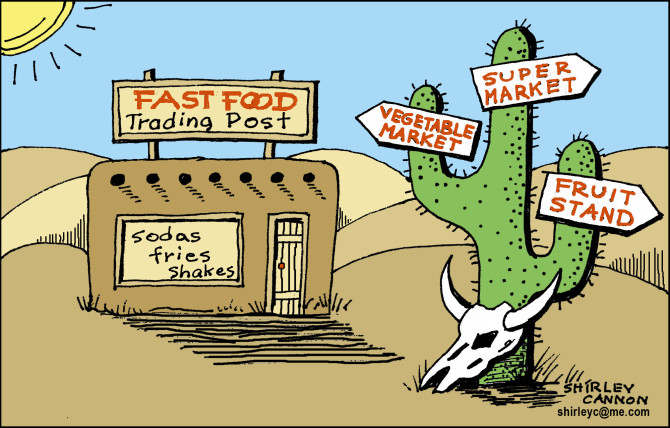
Photo courtesy of jlgo.org
About 23.5 million people in the United States live in food deserts, and nearly half of these food deserts are in low-income, impoverished areas – which makes eating healthy even harder.
Food deserts are scattered across the United States and no region is lacking in food deserts – however, it is clear that the South has more food deserts than the rest of the country. Urban food deserts – food deserts in urban areas – also exist in highly populated places such as New Orleans, Chicago and Atlanta.
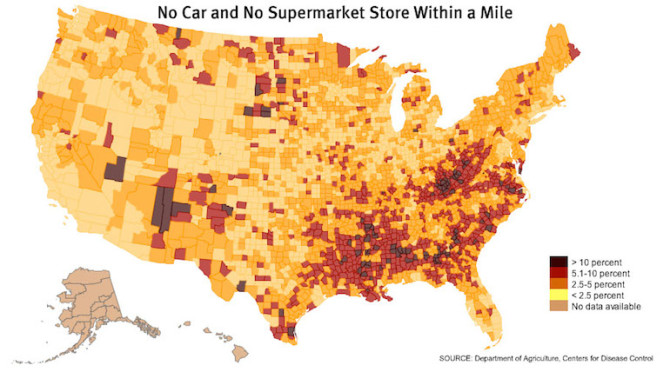
Photo courtesy of americannutritionassociation.org
So because of the lack of supermarkets with inexpensive, whole foods, residents in food deserts are left with two unfortunate food options: small convenience stores and fast food joints – and neither of these places provide healthy food.
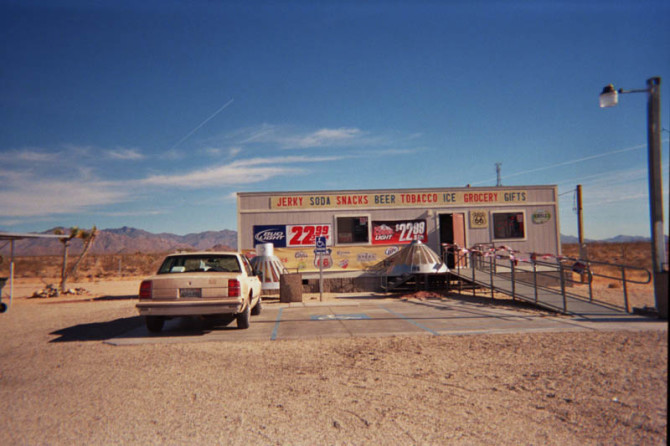
Photo courtesy of retthanover.com
Convenience stores sell processed foods, sugary junk and fat laden foods – all of which are major contributors to our nation’s obesity epidemic. And fast food restaurants serve high calorie, high fat foods – again, major contributors to our nation’s obesity epidemic.
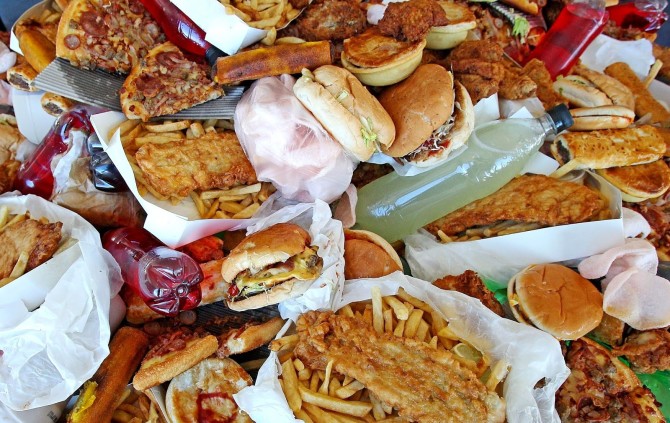
Photo courtesy of healthnaturalguide.com
Fast food restaurants are surprisingly abundant in many food deserts, particularly in urban food deserts. In fact, people who live in the poorest socio-economic status areas – many of which are food deserts – have 2.5 times the exposure to fast-food restaurants as those living in the wealthiest areas. Whatttttt?
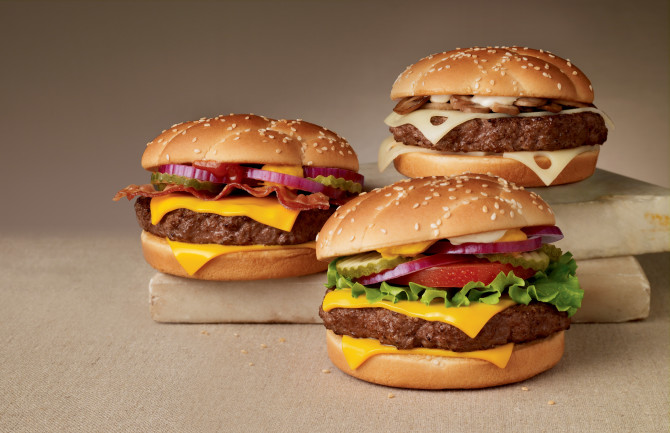
Photo courtesy of foodworldnews.com
So, as a result all of these unhealthy food options there is a high correlation of increased diabetes rates in food deserts. In a study of neighborhoods in Chicago, for example, the death rate as a result of diabetes in food deserts was twice as high as the diabetes death rate in areas with access to large grocery stores – yes, twice as high.
Having so much high calorie, high fat foods available puts food desert residents at a much greater risk for diabetes and other health disease. And what’s worse – once diagnosed, it is even harder for food desert residents to get access to healthy, nutritious, affordable food, and they continue to consume the accessible junk food. And it’s just downhill from there.
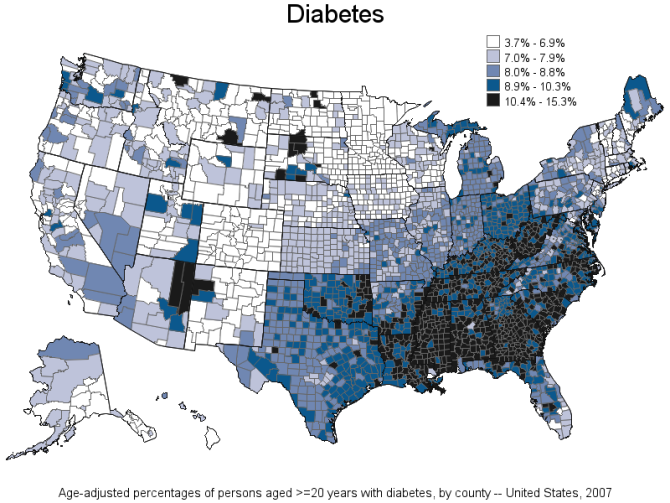
Photo courtesy of palitra-pitania.ru
So now compare the above diabetes map to the first one of food deserts – do you see any correlations? Yes, yes you do.
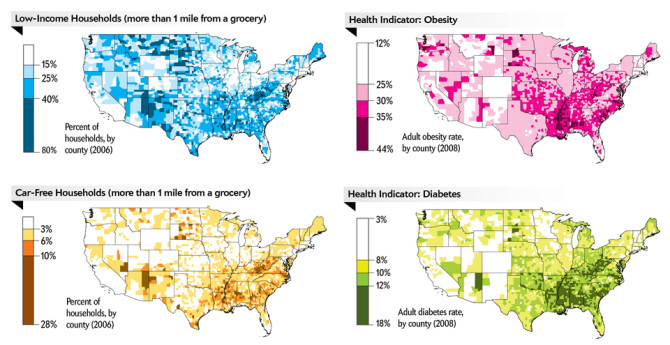
Photo courtesy of scientificamerican.com
Seriously, look at those similarities. Scary. Seriously scary.
Researchers are continuing to explore the links between food deserts and health. One study found a connection between the existence of supermarkets and lower obesity rates. Convenience stores, on the other hand, were associated with higher rates of obesity. This isn’t a coincidence, y’all.
But guess what – it takes more than access to supermarkets to end food deserts. Providing access to healthy food does not guarantee behavioral change, unfortunately.

Gif courtesy of giphy.com
Of course, access to good, healthy food is the first step. And supermarkets are certainly not the only place that can provide this service. Yay. Farmers’ markets, community food initiatives and neighborhood convenience stores can also provide this service. Yes, convenience stores can also provide healthy, affordable food.
But in order for convenience stores to be an appropriate alternative to large supermarkets, healthy food must be sold regularly. So by getting the right foods into these small stores, the quality of food in food deserts will improve.

Photo courtesy of robrogers.com
So since supermarkets on their own will not be successful in changing the eating habits of residents of food deserts, what else can be done? Well, we need to take it even further by not only educating individuals about healthy choices, but also providing incentives to buy healthy foods, such as reduced taxes or subsidies.
So what are we doing to help? Well, cities are taking steps towards bringing fresh produce to these deserts. Seattle, for example, is increasing the amount of “pop-up” grocery stores, and New Orleans is slowly introducing an urban agriculture scene.
But in order to end food deserts, you must consider the culture around shopping and eating food – we need to change people’s shopping and eating habits.


